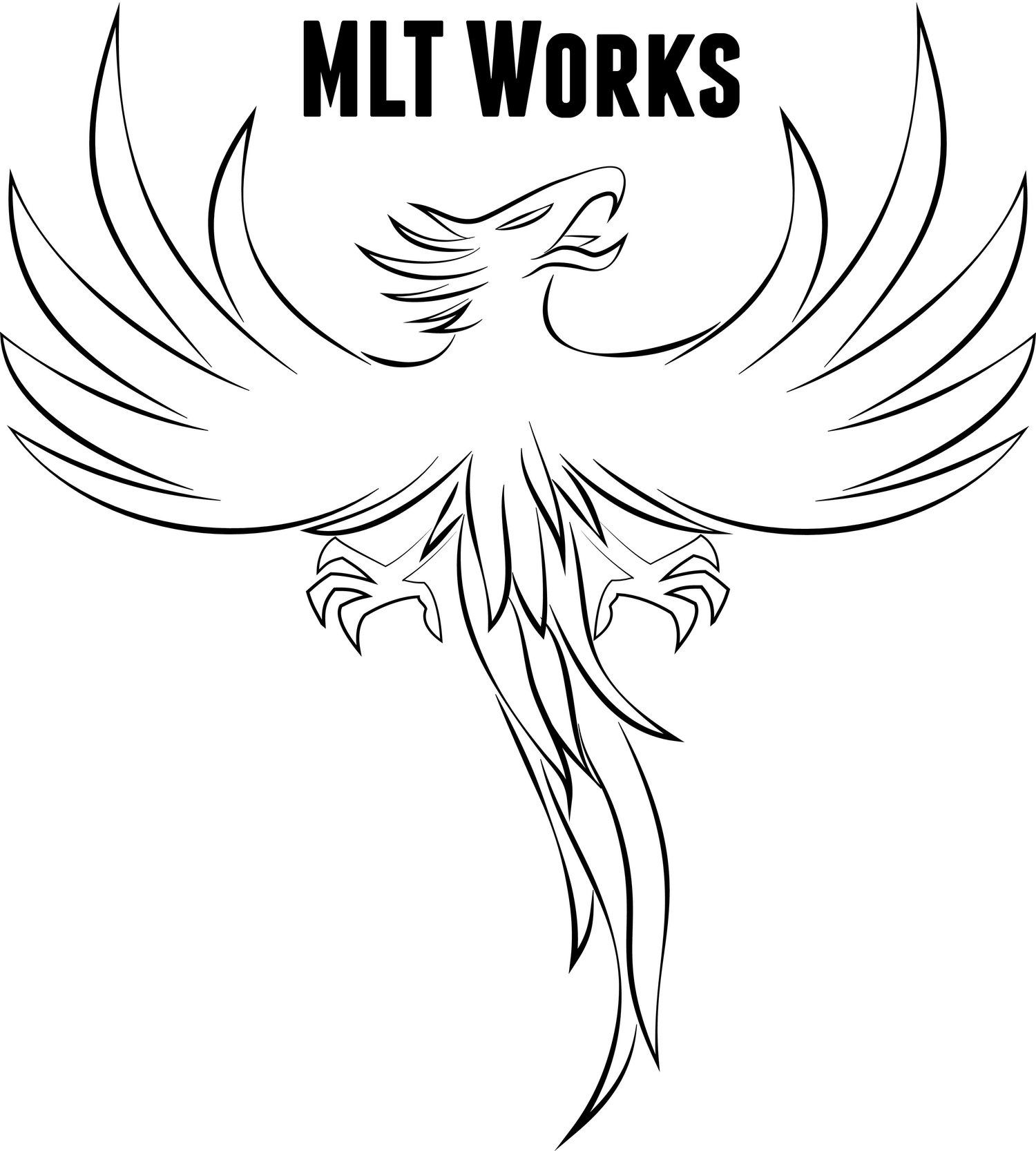My Thoughts on The Force Awakens: Storyline (Part 3 - Massive Weaponry)
I loved Star Wars: The Force Awakens. As a kid growing up watching the original trilogy on VHS back in the 80s and then watching the prequels on screen as a teenager, I was excited when I heard of three more Star Wars movies, albeit a little worried as well. After some issues with the prequels, I didn’t want to get overly excited only to be disappointed in the end. Happily, The Force Awakens did not disappoint. That being said, I’m taking to my keyboard to take a look at some of the various aspects of The Force Awakens from a literary and storytelling perspective in a series of posts. This does contain spoilers, so if you haven’t seen the movie yet and don’t want it to be ruined, then bookmark this and read it later. You’ve been warned.
The storyline of The Force Awakens follows the idea that everything old is new again. Everything that once was and has gone away is returning again. Viewing the movie with that in mind made the storyline predictable for me, but predictable isn’t always bad. The Force Awakens shows us the cyclical nature of life. The sins of the old are visited upon future generations, as are blessings. Darth Vader’s legacy doesn’t end with his death, and neither does Luke’s when he disappears.
The story of the Star Wars universe is a cyclical one of balancing of the Force. Powerful players will rise up on either side, dark or light, as needed. It’s only natural that someone like Kylo Ren would pop up after the death of the Sith Lord Emperor and his apprentice Darth Vader. After Luke disappears, there are presumably no more Jedi, so the light side is bound to awaken in someone; hence, Rey.
Now, there are plenty of throwbacks in Force that I could mention (“I’ve got a bad feeling about this” and “Noooo!” to name a couple), but I want to look some trends that show up throughout the franchise and how they impact the overall story.
“That’s no moon. That’s a battle station.”
The toughest part of the story for me to get into was Starkiller Base. Even though the meta commentary in the movie was humorous (“Haven’t we already done this before?”), it still seemed a little tired to me. There’s a new giant space station that can destroy planets. The bad guys found our base and are heading our way. Oh, here’s a convenient trench for an ace pilot to navigate to blow up the component that will cause a chain reaction and destroy the weapon. I get it. It’s the third time I’ve seen it.
So what’s the point? Why the redundancy? It connects to the circular nature of humanity. These are weapons of mass destruction on a galactic scale instead of a global scale. Humanity has battled weapons of greater destruction since warfare began. First it was the sword; then, the longbow, the rifle, tanks, fighter jets, bombers, intercontinental ballistic missiles, and the atomic bomb. We’ve had to figure out how to combat newer, bigger, and more destructive weapons for centuries. It doesn’t seem so redundant in our world. It seems normal.
It’s not any different in the Star Wars universe. They have advanced weaponry like laser blasters and light sabers, so it makes sense that they would have huge weapons like Death Stars as well. A military isn’t going to give up on an unsuccessful attempt at a new weapon. There are multiple nuclear warheads all over the world. The same idea is shown throughout the Star Wars movies.
Let’s face it, as long as technology and weaponry exist, the two will combine together to find greater ways to destroy. The Death Stars and Starkiller Base are nothing more than an expansion of the nuclear bomb in our reality.
